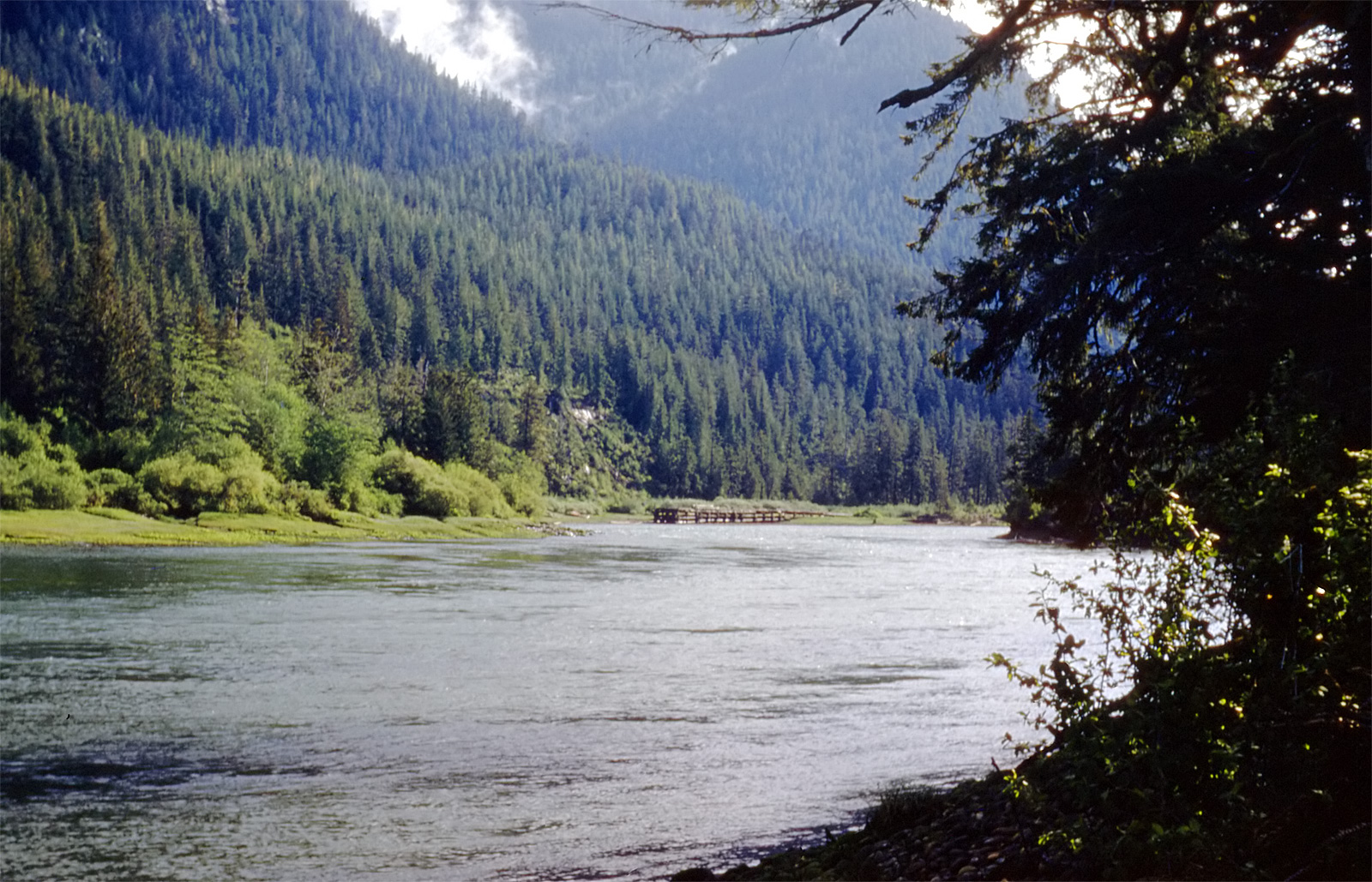Gallery containing mountains and scenery (public domain) photos from Canada. Many of these photos are made by Dudley Foskett, and include locations such coast and fisheries in northern British Columbia and native villages. The vast majority of mountains in Canada lie in the western provinces of British Columbia and Alberta and the Yukon Territory.
Canada has an extremely large number of lakes. The number of lakes larger than three square kilometers is estimated at close to 31,752 by the Atlas of Canada, with 561 lakes with a surface area larger than 100 km2. Almost 9% of Canada’s total area is covered by freshwater.
Keremeos is a village in the Southern Interior of British Columbia, Canada. The name originated from the Similkameen dialect of the Okanagan language word “Keremeyeus” meaning “creek which cuts its way through the flats” referring to Keremeos Creek which flows down from the Upper Benchlands to the Similkameen River that runs by the village.
Area attractions include Cathedral Provincial Park, the Red Bridge, the Keremeos Columns, the Keremeos Grist Mill, excellent fishing in area lakes and rivers, Apex Mountain Resort, Twin Lakes Golf Resort, Spotted Lake, the Hedley Mining Museum and the Mascot Mine.
Mount Edith Cavell is a mountain located in the Athabasca River and Astoria River valleys of Jasper National Park, Canada. The mountain was named in 1916 for Edith Cavell, an English nurse and executed by the Germans during World War I for having helped allied soldiers escape from occupied Belgium to the Netherlands, in violation of military law.
Access to the Tonquin Valley trails can be found about one km before the end of the Mt. Edith Cavell road. There is a parking area across from the Mt. Edith Cavell Hostel. A short walk down the gravel path leads to the north end of Cavell Lake. There is small bridge across the stream that empties the lake. From here there are good views with the lake in the foreground and the Mt. Edith Cavell massif in the background.
Vancouver Island, located in in British Columbia, Canada, is one of several North American locations named after George Vancouver, the British Royal Navy officer. Vancouver Island has been the homeland to many main indigenous peoples for thousands of years. The groupings, by language, are the Kwakwaka’wakw, Nuu-chah-nulth, and Coast Salish.
Kwakwaka’wakw territory includes northern and northwestern Vancouver Island and adjoining areas of the mainland, the Nuu-chah-nulth span most of the west coast, while the Coast Salish cover the southeastern Island and southernmost extremities along the Straits of Juan de Fuca.
The Goldstream River is a river on southern Vancouver Island, British Columbia, Canada. The river’s name derives from a small gold rush in its basin during the 1860s, and was originally Gold Stream. About halfway through the park, the river tumbles over Goldstream Falls. After the falls it continues north, receiving the its final major tributary, Niagara Creek just before finally entering the Finlayson Arm while still inside the park.
At the turn of the century, the Lubbe Hydroelectric Plant was operated near Goldstream and created electricity by running high pressure drinking water through a turbine. A powerline then ran 12 miles (19 km) into Victoria and provided electricity to power the streetcars of the day. The plant still exists but is inaccessible to the public.
On December 29, 2010 fluorescein was dumped in the Goldstream River, likely as a prank. The result was that the waters turned a bright, glowing green. Health officials said the chemical is non-toxic, used primarily to find leaks in septic systems along with various medical applications. Some people may experience allergic reactions. As of January 10, 2011 it was unknown who dumped the chemical.
